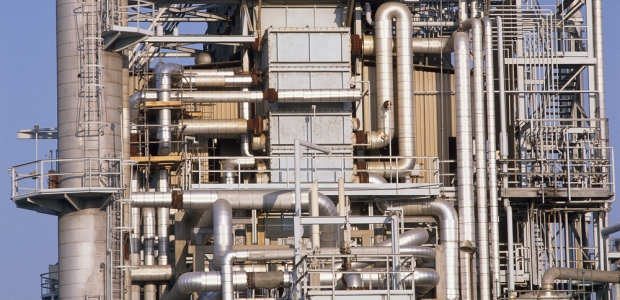
Two Weeks Left to Comment on California's Refinery Regs
The Department of Industrial Relations, the Governor's Office of Emergency Services, and the California Environmental Protection Agency announced new rules to strengthen safety at oil refineries statewide in July.
Comments are due by Sept. 15, and the Occupational Safety and Health Standards Board has scheduled a public hearing for that date in Sacramento, to discuss the refinery safety regulations proposed in July by the California Department of Industrial Relations, the Governor's Office of Emergency Services, and the California Environmental Protection Agency. The two proposed regulations are intended to strengthen workplace and environmental safety at oil refineries across the state.
They would implement recommendations of the Governor's Interagency Working Group on Refinery Safety and came about through consultation with workers, industry, NGOs, and communities after a chemical release and fire at Chevron's Richmond, Calif., oil refinery in August 2012.
"The proposed regulations will put into place new strategies to prevent major incidents at refineries and to protect refinery workers and surrounding communities from exposure to health and safety risks," said David M. Lanier, secretary of the Labor and Workforce Development Agency.
One regulation will overhaul Cal/OSHA worker safety regulations for refineries; the other will strengthen the California Accidental Release Prevention program regulations designed to prevent the accidental release of hazardous substances that could harm public health and the environment. DIR, Cal OES, and CalEPA have collaborated to ensure the two regulations are aligned.
"These regulations will make refineries safer neighbors and employers. Refinery workers, community and environmental organizations, and industry leaders worked with us to develop requirements that are practical and effective," said Matthew Rodriquez, California's secretary for environmental protection. Key features of the proposed regulations include increased employer accountability for the mechanical integrity of refinery equipment; requirements to adopt inherently safer designs and systems to the greatest extent feasible; increased employee involvement in all aspects of the safety and prevention program; authority for refinery personnel to shut down a unit if needed in the event of an unsafe condition or emergency, and provisions for anonymous reporting of safety hazards; requirements for investigations to determine root causes of any incident that does occur and develop interim and permanent corrective measures in response; and annual public reporting of refinery safety metrics.
According to the agencies, major incidents at oil and gas refineries pose a significant risk to refinery workers and nearby communities while costing Californians an average of $800 million a year in disruption to fuel supplies. "The proposed amendments to the California Process Safety Management program and Accidental Release Prevention program are significant improvements that will strengthen protections for workers, communities and the environment, based on lessons learned and best practices," said Vanessa Allen Sutherland, chair of the U.S. Chemical Safety Board. "We look forward to seeing the final regulations implemented, and we hope that they prove to be a model for refinery worker protection and public safety for the rest of the country."
The Occupational Safety and Health Standards Board has proposed to adopt the proposed regulations governing Process Safety Management for petroleum refineries, and the board's Sept. 15 public hearing will begin at 10 a.m. in the auditorium of the State Resources Building, 1416 9th St., Sacramento.